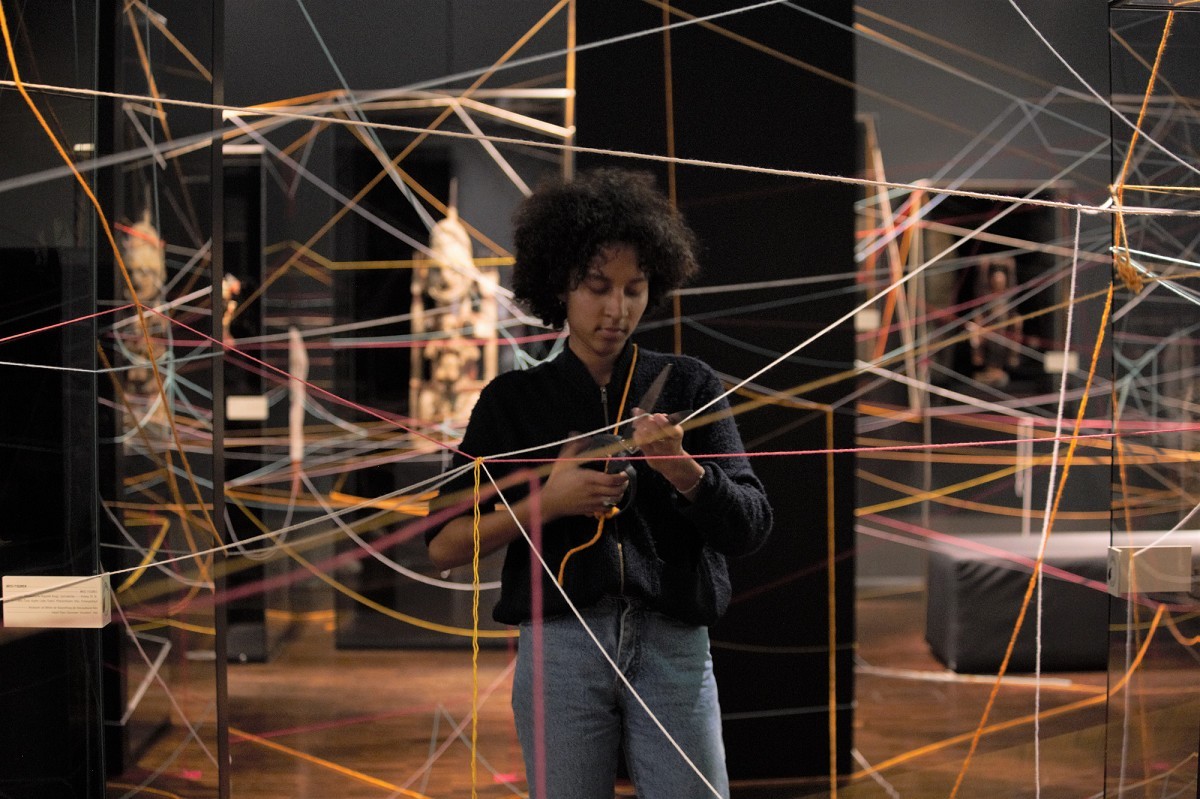Interventions
Special exhibition
I MISS YOU
About missing, giving back and remembering

Since 2021, the RJM has been intensively involved in the planned repatriation of the Benin bronzes from Nigeria. The restitution debates have never been as explosive as they are today. But what is behind the restitution demands? What do they mean in concrete terms for the people who are affected by them? What happened at the place of origin after an object was collected and left its place? What emptiness did it leave behind in its country of origin? "I MISS YOU" is a new series about grief, missing, melancholy, broken memories and emptiness.
more
